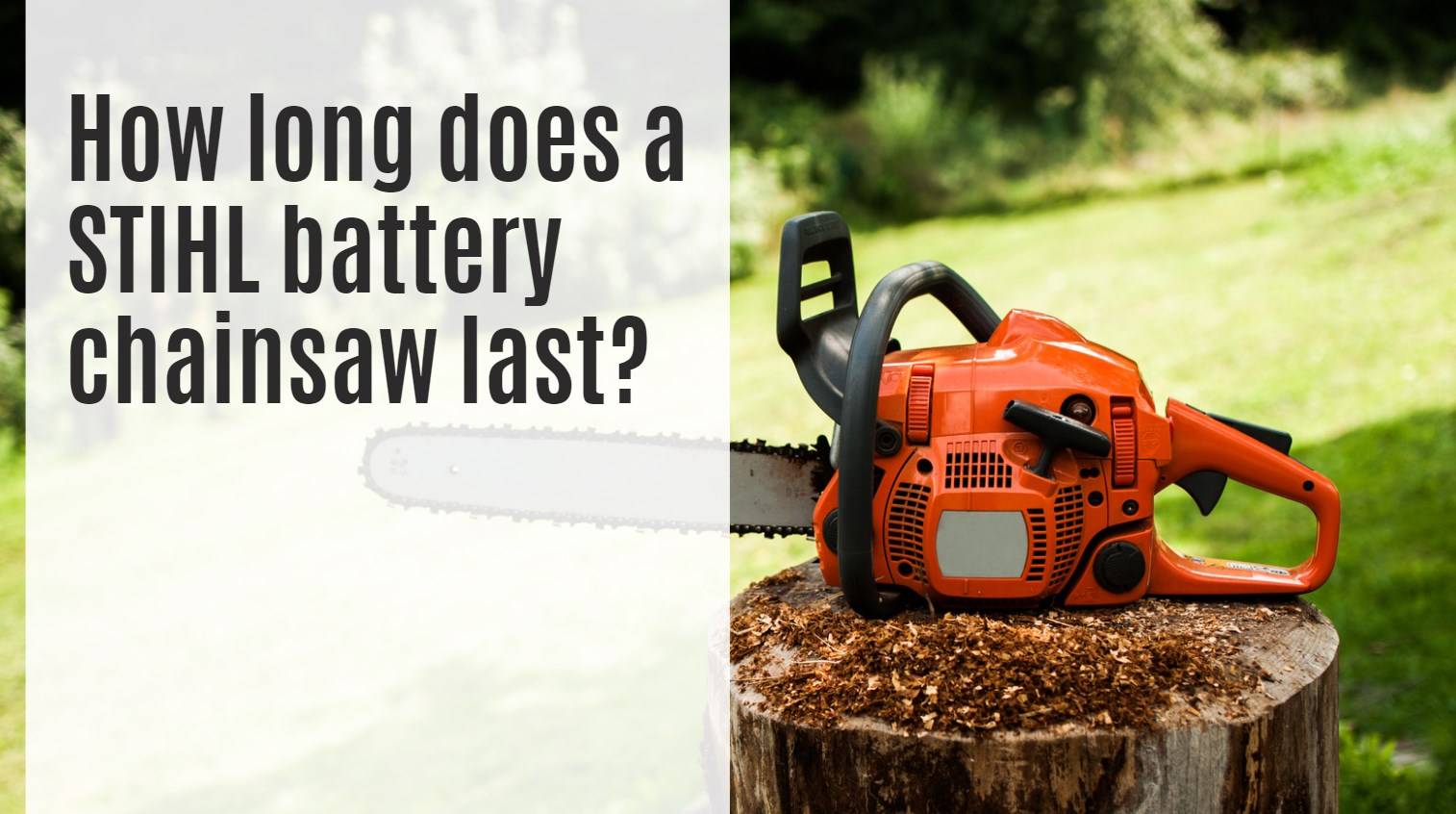- Rack-mounted Lithium Battery
- Golf Cart Lithium Battery
-
Golf Cart Lithium Battery
- 36V 50Ah (for Golf Carts)
- 36V 80Ah (for Golf Carts)
- 36V 100Ah (for Golf Carts)
- 48V 50Ah (for Golf Carts)
- 48V 100Ah (Discharge 100A for Golf Carts)
- 48V 100Ah (Discharge 150A for Golf Carts)
- 48V 100Ah (Discharge 200A for Golf Carts)
- 48V 120Ah (for Golf Carts)
- 48V 150Ah (for Golf Carts)
- 48V 160Ah (Discharge 100A for Golf Carts)
- 48V 160Ah (Discharge 160A for Golf Carts)
-
Golf Cart Lithium Battery
- Forklift Lithium Battery
- 12V Lithium Battery
- 24V Lithium Battery
- 36V Lithium Battery
- 48V Lithium Battery
-
48V LiFePO4 Battery
- 48V 50Ah
- 48V 50Ah (for Golf Carts)
- 48V 60Ah (8D)
- 48V 100Ah (8D)
- 48V 100Ah
- 48V 100Ah (Discharge 100A for Golf Carts)
- 48V 100Ah (Discharge 150A for Golf Carts)
- 48V 100Ah (Discharge 200A for Golf Carts)
- 48V 150Ah (for Golf Carts)
- 48V 160Ah (Discharge 100A for Golf Carts)
- 48V 160Ah (Discharge 160A for Golf Carts)
-
48V LiFePO4 Battery
- 60V Lithium Battery
-
60V LiFePO4 Battery
- 60V 20Ah
- 60V 30Ah
- 60V 50Ah
- 60V 50Ah (Small Size / Side Terminal)
- 60V 100Ah (for Electric Motocycle, Electric Scooter, LSV, AGV)
- 60V 100Ah (for Forklift, AGV, Electric Scooter, Sweeper)
- 60V 150Ah (E-Motocycle / E-Scooter / E-Tricycle / Tour LSV)
- 60V 200Ah (for Forklift, AGV, Electric Scooter, Sweeper)
-
60V LiFePO4 Battery
- 72V~96V Lithium Battery
- E-Bike Battery
- All-in-One Home-ESS
- Wall-mount Battery ESS
-
Home-ESS Lithium Battery PowerWall
- 24V 100Ah 2.4kWh PW24100-S PowerWall
- 48V 50Ah 2.4kWh PW4850-S PowerWall
- 48V 50Ah 2.56kWh PW5150-S PowerWall
- 48V 100Ah 5.12kWh PW51100-F PowerWall (IP65)
- 48V 100Ah 5.12kWh PW51100-S PowerWall
- 48V 100Ah 5.12kWh PW51100-H PowerWall
- 48V 200Ah 10kWh PW51200-H PowerWall
- 48V 300Ah 15kWh PW51300-H PowerWall
PowerWall 51.2V 100Ah LiFePO4 Lithium Battery
Highly popular in Asia and Eastern Europe.
CE Certification | Home-ESS -
Home-ESS Lithium Battery PowerWall
- Portable Power Stations
How long does a STIHL battery chainsaw last?

STIHL battery chainsaws provide an eco-friendly alternative to traditional gas-powered ones, offering convenience and efficiency without sacrificing performance. In this blog post, we’ll explore the factors influencing the lifespan of STIHL battery chainsaws, compare various models and their battery life, share maintenance tips for longevity, present real user experiences, and assess the cost-effectiveness compared to gas-powered counterparts. Get ready to rev up your virtual chainsaws and delve into the world of sustainable cutting solutions!
Factors that affect the lifespan of a STIHL battery chainsaw
When it comes to your STIHL battery chainsaw, its lifespan and performance depend on several key factors. Let’s explore these factors to ensure you can maximize the longevity of your tool.
- Usage and Handling: How you use and handle your chainsaw matters. Avoid overloading or straining the tool, and allow it time to rest between heavy-duty tasks. Regularly maintain your chainsaw by cleaning debris and sharpening the chain to prevent premature wear.
- Battery Quality: The quality of the battery is crucial. Higher-end STIHL chainsaw models come with more powerful batteries, providing extended run times on a single charge. Ensure you use the appropriate battery for your chainsaw model to optimize its lifespan.
- Environmental Conditions: Environmental factors play a role in battery chainsaw lifespan. Extreme temperatures, whether hot or cold, can impact battery cells. Proper storage and avoiding exposure to harsh weather conditions when not in use are essential practices.
- Maintenance Practices: Regular maintenance is key to extending your chainsaw’s lifespan. Inspect components for damage, address issues promptly, and follow manufacturer guidelines for oiling points and fuel mixtures. These practices keep your chainsaw running smoothly.
Understanding and implementing these factors will empower you to maintain your STIHL battery chainsaw effectively, ensuring it serves you reliably for an extended period.
Comparing the different models and their battery life
Choosing the right STIHL battery chainsaw involves considering crucial factors, with battery life being a top priority. STIHL offers various models, each tailored to different needs, making it essential to understand their battery performance.
- STIHL MSA 120 C-BQ:
- Equipped with an AK 20 lithium-ion battery.
- Provides up to 35 minutes of run time.
- Ideal for light-duty tasks in yards or gardens.
- STIHL MSA 220 C-BQ:
- Features an AP 300 S lithium-ion battery.
- Delivers up to 45 minutes of run time.
- Suitable for larger projects and extended cutting periods.
It’s important to note that these run times are approximate and can vary based on usage conditions and cutting techniques. Understanding these estimates helps set expectations for each model’s performance.
Beyond run time, consider the charging speed, ranging from thirty minutes to two hours. Having spare batteries allows for continuous work, especially if quick swapping is possible.
When selecting a STIHL battery chainsaw, assess your specific needs, whether for small DIY tasks or demanding professional projects. With various models available, there’s a STIHL chainsaw designed to meet your requirements effectively.
Maintenance tips to prolong the lifespan of your STIHL battery chainsaw
Proper maintenance is key to ensuring your STIHL battery chainsaw operates smoothly and enjoys an extended lifespan. Follow these straightforward yet impactful tips to keep your chainsaw in optimal condition:
- Keep it Clean:
- After each use, promptly remove dirt and debris using a brush or compressed air.
- Clearing sawdust is crucial to prevent chain clogging, ensuring consistent performance.
- Regular Chain Sharpening:
- Invest in a quality sharpening tool.
- Follow manufacturer instructions for regular chain sharpening to maintain cutting efficiency and reduce strain on the motor.
- Lubricate the Chain:
- Ensure smooth operation and prevent wear by applying bar oil before each use.
- Distribute the oil thoroughly across all parts of the chain.
- Check for Tight Bolts:
- Regularly inspect and tighten all nuts, screws, and bolts.
- Vibrations during operation can cause them to loosen, posing potential risks.
- Proper Storage:
- Store your battery chainsaw in a dry place.
- Avoid extreme temperatures and moisture that could harm its components when not in use.
Regular maintenance not only prolongs the lifespan of your STIHL battery chainsaw but also enhances its performance, ensuring reliability when you need it the most!
Real-life experiences and reviews from STIHL users
Discover what users are saying about STIHL battery chainsaws through their real-life experiences:

- Impressive Power and Performance:
- Users have praised the STIHL chainsaw for its power and reliability in handling various tasks. It effortlessly cuts through thick branches, making it a go-to tool for storm cleanup or regular yard maintenance.
- Convenience and Maneuverability:
- One user highlighted the chainsaw’s lightweight design and ease of maneuverability during yard work. Its user-friendly features make it accessible for individuals with varying levels of experience.
- Quiet Operation Advantage:
- Many users appreciate the quieter operation of STIHL battery chainsaws compared to gas-powered alternatives. This feature is particularly beneficial in residential areas where noise restrictions may apply.
- Satisfactory Battery Life:
- According to user feedback, most are satisfied with the battery life, reporting ample runtime on a single charge. It’s important to consider factors like the specific model chosen and the intensity of usage when evaluating battery performance.
These firsthand experiences underscore the reliability, convenience, and longevity of STIHL battery chainsaws, making them a compelling choice for users tackling diverse cutting tasks.
The cost-effectiveness of using a STIHL battery chainsaw compared to a gas-powered one
When evaluating the cost-effectiveness of tools, choosing between a STIHL battery chainsaw and a gas-powered one involves multiple considerations. Let’s break down the key factors for a clearer perspective.
- Fuel Costs:
- Battery Chainsaw: No need for constant purchases of gasoline and oil mixtures. Simply recharge the batteries using electricity.
- Gas-Powered Chainsaw: Involves ongoing expenses for fuel, contributing to long-term costs.
- Maintenance Expenses:
- Battery Chainsaw: Generally lower maintenance costs. Fewer moving parts result in reduced servicing requirements.
- Gas-Powered Chainsaw: Regular servicing, including oil changes, spark plug replacements, and air filter cleanings, increases overall maintenance costs.
- Noise Pollution:
- Battery Chainsaw: Operates quietly, reducing noise pollution. Ideal for residential areas with noise regulations.
- Gas-Powered Chainsaw: Traditional models can be noisier, potentially causing disturbances in residential settings.
- Performance and Power:
- Battery Chainsaw: Technological advancements provide efficient and powerful cutting performance, often comparable to gas-powered models.
- Gas-Powered Chainsaw: While some argue for more power, modern battery chainsaws offer a balance of performance with lighter and more manageable designs.
- Initial Investment:
- Battery Chainsaw: May have a slightly higher upfront cost due to purchasing batteries and chargers separately.
- Gas-Powered Chainsaw: Typically involves a lower initial investment but incurs higher ongoing fuel and maintenance costs.
In conclusion, the STIHL battery chainsaw demonstrates long-term cost-effectiveness by eliminating fuel expenses, requiring less maintenance, and offering quieter operation. Despite a potential initial investment, the overall savings and efficient performance make it a worthwhile choice for various users and applications.















